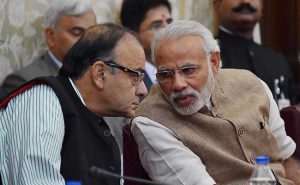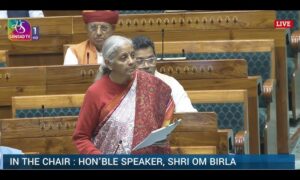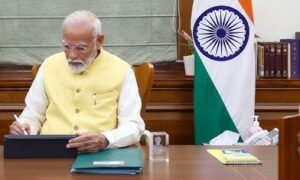
In a major policy decision, the Union Government abolished the Foreign Investment Promotion Board (FIPB). According to the official statement, the Union Cabinet chaired by the Prime Minister Narendra Modi has given its approval to the phasing out of Foreign Investment Promotion Board (FIPB). The proposal entails abolishing the FIPB and allowing administrative Ministries/Departments to process applications for FDI requiring government approval.
Presenting the Union Budget 2017-18, the Union Minister clearly elaborated the government’s course of action regarding this body, “FIPB has successfully implemented e-filing and online processing of FDI applications. We have now reached a stage where FIPB can be phased out. We have, therefore, decided to abolish the FIPB in the year 2017-18. Our roadmap for the same will be announced in the next few months.”
Constitution of FIPB:
Secretary, Department of Economic Affairs, Chairperson
Secretary, Department of Industrial Policy and Promotion
Secretary, Department of Commerce
Secretary, Economic Relations, Ministry of External Affairs
Secretary, Department of Revenue
Secretary, Ministry of Micro, Small and Medium Enterprises
Secretary, Ministry of Overseas Affairs
(Source: http://fipb.gov.in/attachments/brochure.pdf)
The FIPB came into existence in the backdrop of the economic liberalisation in the early nineties. Under the Prime Minister’s Office (PMO), the FIPB started its journey to deal with the Foreign Direct Investment (FDI) in India. Based on the provisions and practices, one can categorise the FDI into two routes namely Automatic Route and Government Approval Route. Under the Automatic Route, no permission is required from the Union Government. In the Government Approval Route, all applications were considered by the FIPB. This body offered a single window clearance for application under the approval route. With scrapped the FIPB, the concerned ministries can scrutinise and clear the FDI proposals. The FIPB was an inter-ministerial body where the Department of Economic Affairs under the Union Finance Ministry was a nodal ministry.
FIPB: Institutional Changes over the Years
Inception under the Prime Minister’s Office(PMO) in 1991
After reconstitution, FIPB shifted to the Department of Industrial Policy and Promotion(Ministry of Commerce & Industry in 1996
Transferred to the Department of Economic Affairs, the Finance Ministry
In a bid to attract the FDI, the Government eases various kinds of regulatory norms since the early nineties. In 2016, India witnessed an impressive increase in the Foreign Direct Investment. A leading business news daily Mint reported, FDI inflows into India jump 18 percent to a record $46.4 billion in 2016 despite global fall. Data released by the Department of Industrial Policy and Promotion (DIPP) showed FDI inflows in 2016 were strongest in October with $6.2 billion inflows followed by $5.1 billion in September. As the government assume, increased FDI inflows in the country are largely attributed to intense and bold policy reforms the Government undertook to bring pragmatism in the FDI regime. The country has now become the topmost attractive destination for foreign investment. In this backdrop, the India Brand Equity Foundation showcased FDI trends during the last three years, and after the launch of Make in India initiative:
Trends for the period of last 3 years (2014-15 to 2016-17):
The FDI equity inflow received during the last three financial years is US$ 114.41 billion. It shows an increase of 40 per cent compared to previous period of three financial years (2011-12 to 2013-14) (US $ 81.84 billion).
The FDI equity inflow received through approval route amounts to US$ 11.69 billion, which is 64% higher than the previous three years (US $ 7.15 billion).
The overall manufacturing sectors have witnessed a growth of 4 per cent in comparison to previous three financial years (i.e. from US$ 48.03 billion to US$ 50.09 billion).
The total FDI inflow during last three years grew by 38 per cent
(Source: https://www.ibef.org/news/foreign-direct-investment-inflowsa-success-story)
In the changing global economic order, Indian Government is trying to woo investors from the outside. India attracted maximum FDI inflows from countries like countries like Mauritius, Singapore, Japan and USA.


















